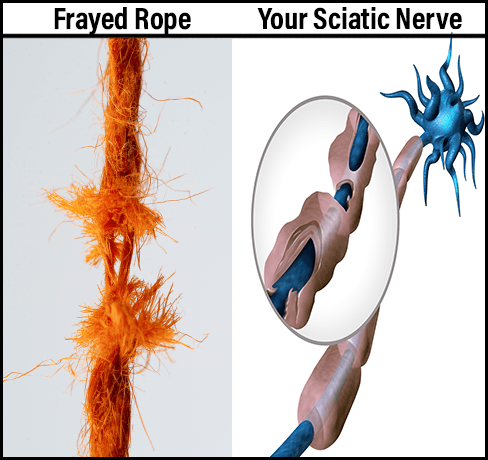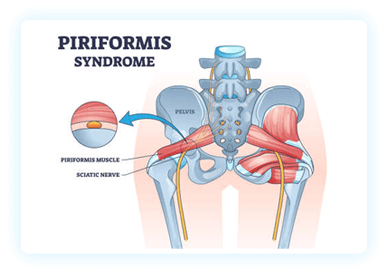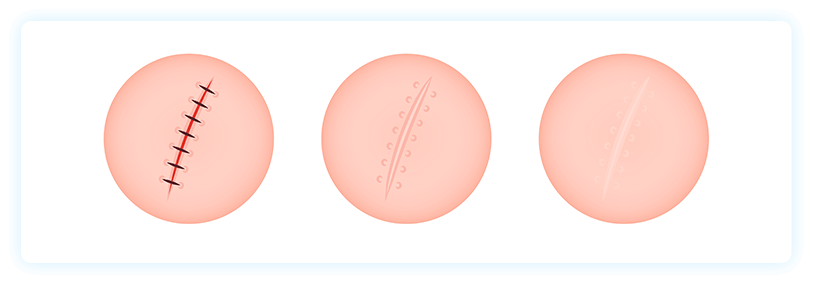Many people are told that their sciatic nerve pain is caused by either these three main reasons; either a herniated disc, spinal stenosis, piriformis syndrome, or some other external injury.
Now this may be the cause for many, however sciatic nerve pain can be easily misdiagnosed, and the real root cause may be something else entirely. .
So if you know for a fact that your sciatic nerve pain was not caused by injuries, disc problems, or tight muscles, then the culprit is most likely a very overlooked vitamin deficiency.
Dozens of new studies now show an entirely different part of your body may be at fault.
It’s called your (IRS) Inflammatory Response System.
As we age, the cells responsible for the IRS weaken and can become deficient in vital nutrients which causes them to release an obscure protein which is a key perpetrator of nerve pain.
This “inflammatory protein” is called peptidase inhibitor 16 (or PI16 for short).
When this protein gets released, it drives inflammation throughout the body what’s known as a “Cytokine Storm”.

This “Cytokine Storm” is responsible for that raw, tender, burning sensation associated with nerve-based pains.
These same cells make your nerves super swollen and super sensitive.
The Nerve Pain Triad
Phase 2: Tension

This “Cytokine Storm” can set off a chain reaction with the next phase which is the development of painful muscle tension, involving a wide range of muscles in the lower back and hips.
There is one muscle in particular that can cause MAJOR problems with the sciatic nerve is the “Piriformis Muscle”.
In some cases, the sciatic nerve passes right through the muscle.
But that’s not the only muscle involved, other muscles like the Superior Gemellus Muscle.
Also come into direct contact with the sciatic nerve and all the other nerves in your back and legs.
And at some point can irritate and even compress them when they’re in spasm can do long term damage to the surrounding nerves. The knots and trigger points can also cause all sorts of pain.
Those tender trigger points are basically localized muscle spasms and when muscles are constantly under tension. They can cut off blood supply to the area AND strangle the sciatic nerve.
Phase 3: Fibrosis

The next phase of the triad is Fibrosis. Now Fibrosis is just a fancy word for scar tissue.
If you think about it, It makes sense that your body would try to create scar tissue during the healing process. Scar tissue caused by inflammation often causes more problems than it solves.
Especially when it comes to the sciatic nerve, and just like muscle tension can compress and irritate your nerves.
Fibrosis can trap the nerves in a web of scar tissue, causing a flare up at any time.
So What is Causing Sciatic Nerve Discomfort?
To recap, the triad starts with a nerve nutrient deficiency which causes the body to release an “inflammatory protein” called peptidase inhibitor 16 (or PI16 for short).
The release of this protein signals the the body to become inflame (called the Cytokine Storm)
2nd: Which causes muscles to tightened
3rd: The body produces scar tissue to protect itself from the inflammation and tension causing irritation to your sciatic nerve
Sciatic nerve pain (if not caused by an injury) can be traced back to vitamin deficiency caused by natural aging.
